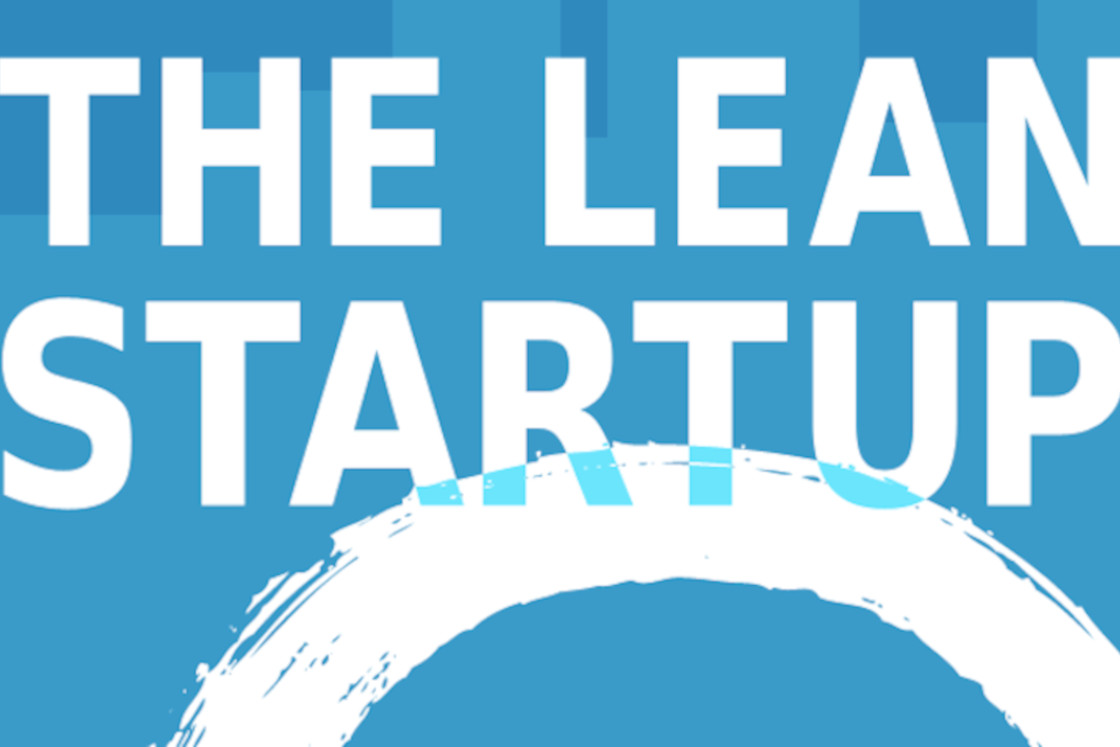What is the Lean Startup Methodology?
The Lean Startup methodology, developed by Eric Ries in his 2011 book The Lean Startup, is a framework for building businesses and products efficiently in high-uncertainty environments. Drawing from Toyota’s lean manufacturing, it focuses on minimizing waste, accelerating learning, and validating ideas quickly. Its three core pillars are:
- Small batch delivery: Releasing products or features in small iterations instead of large launches.
- Scientific validation: Testing hypotheses with experiments, such as Minimum Viable Products (MVPs).
- Rapid feedback cycles: Using the build-measure-learn loop to iterate based on customer data and reactions.
The goal is validated learning, discovering what customers truly want before significant investment. For instance, instead of building a full app, a startup might create a landing page to gauge demand.
Why is Lean Startup different?
Traditional business models rely on detailed plans, long timelines, and financial projections. These work in predictable markets but fail in innovation-driven contexts where customer needs are unclear. A customer saying “I wanted a button to do X” signals a product missed the mark — something Lean Startup avoids through constant validation.
Unlike the romanticized “garage entrepreneur” who tries endlessly without a method, Lean Startup blends creativity with structured management, using scientific experimentation to reduce risks.
Suggested image:
- Description: Infographic of the build-measure-learn cycle, with circular arrows showing steps (Build → Measure → Learn) and icons (e.g., prototype for “Build,” chart for “Measure,” lightbulb for “Learn”).
- Alt text: Infographic of the build-measure-learn cycle in the Lean Startup methodology, illustrating the steps of creation, measurement, and learning.
- Purpose: Visualize the core process.
When Did Lean Startup Emerge?
The Lean Startup methodology was formalized by Eric Ries in 2011 with the release of The Lean Startup. Its roots trace back to the early 2000s, when Ries, working at startups like IMVU, noticed that long development cycles led to products misaligned with the market. Inspired by Toyota’s lean manufacturing — emphasizing just-in-time production, minimal inventory, and continuous improvement — Ries adapted these principles to entrepreneurship.
He combined agile development, customer feedback, and scientific experimentation, creating a globally adopted framework. The methodology has since influenced startups, corporations, and even government initiatives worldwide.
How to Apply the Lean Startup Methodology: A Practical Guide
Applying Lean Startup involves structured experimentation. Here’s a five-step guide, true to Ries’ book:
- Identify hypotheses: Use the Lean Canvas to map assumptions about the problem, solution, target audience, and revenue model. Example: “Young professionals want a simple financial management app.”
- Build an MVP: Create the simplest version of the product to test hypotheses, like a prototype, video, or landing page. Dropbox used a demo video as an MVP to validate demand for cloud storage.
- Measure with actionable metrics: Avoid vanity metrics (e.g., total downloads) and focus on indicators like conversion rates or engagement. Example: How many users sign up via the MVP?
- Learn and decide: Analyze data and feedback to choose between persevering (refining) or pivoting (changing strategy). Airbnb pivoted from conference rentals to a broader home-sharing platform after early feedback.
- Iterate quickly: Use the build-measure-learn loop to release new versions, incorporating insights.
Recommended Tools
| Tool | Purpose | Example |
|---|---|---|
| Lean Canvas | Map hypotheses | Plan a delivery app |
| Google Analytics | Track metrics | Measure clicks on a landing page |
| Figma | Build prototypes | Design an MVP interface |
| Typeform | Collect feedback | Send user surveys |
Suggested image:
- Description: Table comparing actionable metrics (e.g., conversion rate) vs. vanity metrics (e.g., total downloads), with check (✅) and warning (⚠️) icons.
- Alt text: Table comparing actionable and vanity metrics in the Lean Startup methodology, highlighting practical examples.
- Purpose: Clarify metric selection.
Lean Startup in Large Companies: The Innovation Sandbox
Large companies often resist Lean Startup, favoring traditional methods like waterfall, which plan everything upfront. This approach frequently leads to products that miss market needs, especially in fast-moving industries like tech.
Corporate Challenges
- Fear of failure: Managers worry that limited-feature MVPs harm brand reputation.
- Bureaucracy: Rigid processes hinder rapid experimentation.
- Risk-averse culture: Avoiding conflict preserves outdated methods, stifling innovation.
Solution: Innovation Sandbox
Ries advocates for an innovation sandbox, a controlled space where teams test ideas without affecting the core business. Sandbox rules include:
- Limited tests: Conduct A/B tests on specific product parts or customer segments (e.g., 5% of users).
- Continuous oversight: One team monitors the experiment from start to finish.
- Defined duration: Weeks for simple tests, longer for major innovations.
- Standardized metrics: Evaluate with 5-10 actionable metrics (e.g., retention rate).
- Active monitoring: Cancel experiments if negative reactions arise (e.g., social media backlash).
Example: General Electric used a sandbox to test IoT solutions for industrial equipment, validating concepts before scaling.
Suggested image:
- Description: Diagram of an innovation sandbox, showing a parent company (building icon) and an isolated area (box with team and experiments), with arrows indicating limited tests.
- Alt text: Diagram illustrating the innovation sandbox in the Lean Startup methodology, showing controlled tests in large companies.
- Purpose: Visualize the sandbox concept.
Real-World Success Stories
In Brazil
- Nubank: Launched an MVP with a no-fee credit card, testing demand for digital financial services. After validation, it expanded to accounts and investments.
- Easy Taxi: Started as a taxi app but pivoted to ride-hailing after user feedback, becoming a Latin American leader.
Globally
- Dropbox: Used a simple video as an MVP to demonstrate cloud storage, validating demand before building the product.
- Airbnb: Tested its idea with a basic website offering rooms during a conference, iterating based on early feedback.
Suggested image:
- Description: Carousel with four logos (Nubank, Easy Taxi, Dropbox, Airbnb) and brief MVP descriptions.
- Alt text: Carousel showcasing successful MVP examples in the Lean Startup methodology, including Nubank, Easy Taxi, Dropbox, and Airbnb.
- Purpose: Highlight practical cases.
Challenges and How to Overcome Them
- Unclear hypotheses: Solution: Use the Lean Canvas to structure ideas.
- Wrong metrics: Solution: Prioritize actionable metrics like engagement over vanity metrics.
- Cultural resistance: Solution: Run Lean Startup workshops and start with small tests.
- Over-iteration: Solution: Set clear deadlines for feedback cycles.
Frequently Asked Questions (FAQ)
What is an MVP in Lean Startup?
A Minimum Viable Product is the simplest product version used to test hypotheses with minimal effort. Example: a landing page to gauge interest.
Does Lean Startup work for large companies?
Yes, using innovation sandboxes, companies can test ideas without risking core operations, as General Electric did with IoT solutions.
How to choose actionable metrics?
Focus on metrics reflecting user behavior, like conversion rates, rather than broad metrics like page views.
Suggested image:
- Description: FAQ box with question-and-answer icons, highlighting the three questions above.
- Alt text: Infographic of frequently asked questions about the Lean Startup methodology, with answers on MVP, large companies, and metrics.
- Purpose: Capture featured snippets.
Conclusion
The Lean Startup methodology, pioneered by Eric Ries, empowers entrepreneurs and companies to innovate with less risk and greater efficiency. By prioritizing validated learning, MVPs, and rapid feedback cycles, it turns uncertainty into opportunity. Global successes like Dropbox and Airbnb, alongside Brazilian stars like Nubank, prove its impact, while large companies can leverage sandboxes to stay competitive.
To get started, build a simple MVP, measure actionable metrics, and iterate based on feedback. Lean Startup isn’t just a methodology — it’s a mindset for shaping the future.
Ready to apply Lean Startup? Share your idea in the comments or explore tools like Lean Canvas to kickstart your journey!





